New review paper published in Desalination. Our manuscript examines various Direct Lithium Extraction (DLE) technologies, a response to increasing lithium demand driven by its extensive use in batteries for diverse applications. Traditional lithium extraction methods, including mining and evaporation ponds, pose significant environmental challenges and may not suffice to meet global demand. DLE offers a potentially more efficient and sustainable alternative, akin to the impact of shale extraction on the oil industry. This study provides a comprehensive analysis of DLE techniques such as adsorption, ion exchange, membranes, direct carbonation, and electrochemical processes. It assesses their operational fundamentals, advantages, and limitations. The research aims to evaluate DLE’s capacity for efficient and sustainable lithium recovery amidst rising energy sector demands, addressing associated challenges like cost, environmental impact, and scalability. The findings intend to enrich understanding of DLE’s potential and hurdles, guiding future research in this critical technological area.
New paper published in Energy Advances from our continued collaboration with Michael Elsaesser (Paris Lodron Universität Salzburg) on carbon spherogels. Custom-designed nanoporous carbon materials enhance sustainable electrochemical technologies by offering better performance and efficiency. Carbon spherogels, which are highly porous carbon aerogel materials made up of a network of hollow carbon nanospheres with consistent diameters, are particularly promising. They offer unique advantages, including superior electrical conductivity, customizable porosity, adjustable shell thickness, and extensive surface area. In this work, we present a new, eco-friendlier approach to producing carbon spherogels using a sol-gel process that templates resorcinol-formaldehyde (RF) with polystyrene spheres in an organic solvent. By adjusting the molar ratio of resorcinol to isopropyl alcohol (R/IPA) and the polystyrene concentration, we identified the optimal conditions for creating carbon spherogels with tunable wall thicknesses. A simplified solvent exchange method from deionized water to isopropyl alcohol was developed to reduce surface tension in the gel’s pores, making this method both time and cost-efficient. The use of isopropyl alcohol, with its lower surface tension, allows for solvent extraction at room temperature and direct carbonization of RF gels with less than 20% loss in specific surface area compared to those dried supercritically. The resulting materials have specific surface areas ranging from 2300 to 3600 m2/g, as confirmed by transmission and scanning electron microscopy, which also demonstrated their uniform, hollow spherical network structure. Notably, these carbon spherogels act as high-performance electrodes for energy storage in supercapacitors, achieving a specific capacitance of up to 204 F/g at 200 mA/g with a 1 M potassium hydroxide (KOH) solution as the electrolyte.
Stefanie Arnold presents work on electrochemical lithium ion battery recycling at the LithiumDays 2023 in Halle, Germany.
Behnoosh Bornamehr has successfully defended her thesis with the title “Derivatization and design of transition metal oxides and sulfides for advanced and sustainable battery technology”.
Three contributions at the Lorentz Center Workshop on Electrochemical Energy Storage in 2D and Layered Materials with two poster presentations and an oral (virtual) talk on “MXene and hybrid electrodes for high performance energy storage”.
Volker Presser gives an oral presentation at the Conference on the Safety of Advanced Materials in Saarbrücken on the topic “Synthesis and recycling of MXene electrodes for high performance energy storage”.
Best practice paper on electrochemical desalination published in Cell Press Physical Science! In this paper, we shed light on technical how-to (and how-not-to) aspects of the promising future of ion-selective, energy-efficient water desalination through electrochemical methods. Including, but not limited to, capacitive deionization. We dive deep into the performance metrics commonly used for this approach and provide a comprehensive step-by-step guide on how to effectively acquire, process, and calculate raw desalination data.
We demonstrate the calculation of key performance indices (KPI), such as desalination capacity, charge efficiency, energy consumption, and ion selectivity metrics
We highlight potential pitfalls in performance metric calculations and how to avoid them
We explore the intricate relationships between pH, temperature, and conductivity, and their impact on final concentrations
We also provide a handy checklist and spreadsheet tools to streamline data processing, system design, and upscaling
This paper has been in the making for a long time. Thanks to present-day group members Mohammad Torkamanzadeh, Cansu Kök, Peter Burger, Panyu Ren, and our alumni/a Zhang Yuan, juhan lee, and 김춘수kim choonsoo.
New paper published in Journal of Molecular Liquids on binary ionic liquid supercapacitors. There is much to learn from simulation when it comes to understanding nanoscaled ion electrosorption of ions within carbon nanopores. Especially when it comes to the behavior of ionic-liquid-based supercapacitors which promise an extended potential window, and consequently, enhanced energy ratings. Ionic liquids, in absence of a solvent, and with enhanced ion-ion interactions, present an intriguing model system to study size effects in more complex electrolytes with more than just one cation. Our findings, combining simulation and experimental data, reveal the enhanced capacitance of single nanopores and nanoporous electrodes using binary electrolytes. 🔬⚡
I’d like to extend my heartfelt gratitude to our research partners (Taras Verkholyak, Dariusz Gołowicz, Andrij Kuzmak, Svyatoslav Kondrat) and my team (Anna Seltmann, Emmanuel Pameté)! And I am proud to share that this is a collaborative Polish 🔴⚪ German ⚫🔴🟡 Ukrainian paper 🔵🟡.
Welcome to our new Ph.D. student Chiraz Layouni! She will be working on electrospinning of next-generation electrode materials.
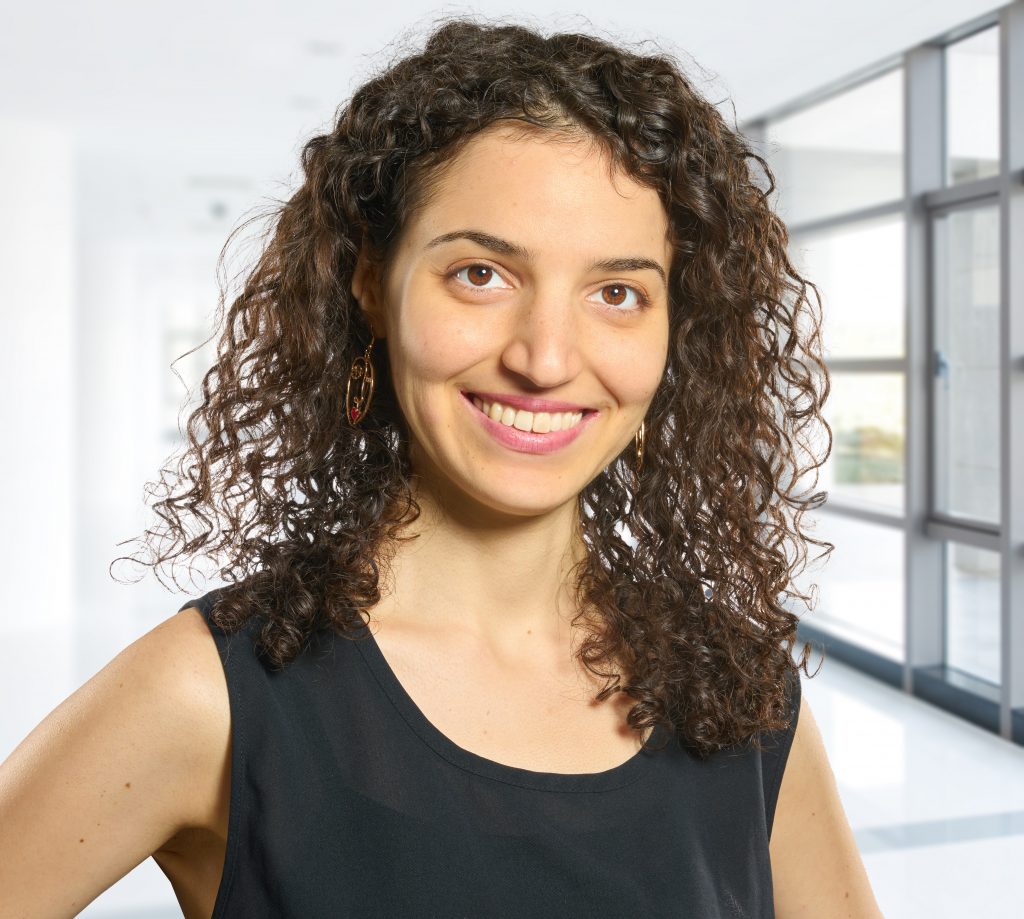
Welcome new Postdoc Mingren Liu! He will be working on nanoporous materials and advanced supercapacitors. Welcome to the team!
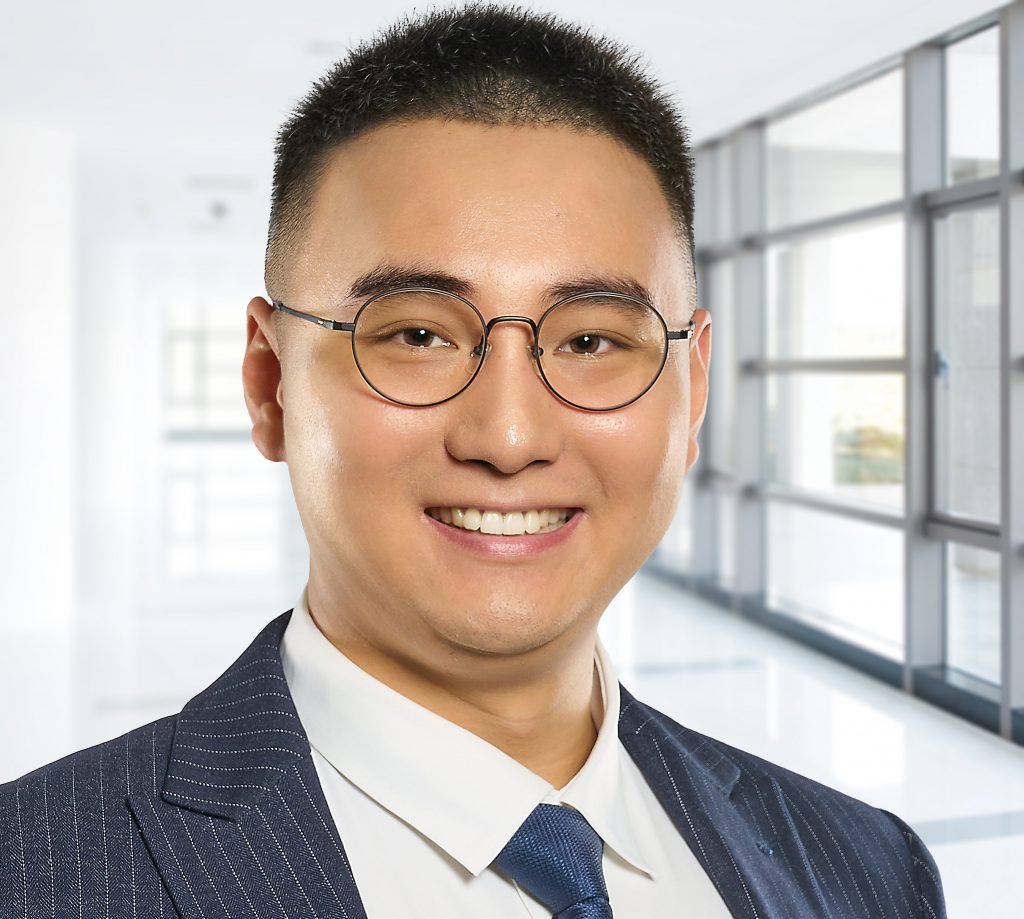
New open access paper published in Journal of Power Sources on an interlaboratory study on supercapacitor data evaluation. Supercapacitors are quick-charging energy savers crucial for building a strong, eco-friendly energy future. However, there’s inconsistency in reporting practices that’s hindering accurate device performance comparison within the literature. Spearheaded by our colleagues at the University of Cambridge (Jamie Gittins and Alexander Forse), the study uncovers major issues, such as the use of wrong formulas and varied interpretations of key terms, causing significant variability in data reporting.
We’ve noticed even more variation in non-ideal capacitive behavior reports. We also plaidoyer in favor of optimized machine-learning tools that automatically derive relevant key data directly from various data files under different testing conditions. Such an “approved” tool, especially when being part of open science, would enormously reduce the variation seen from today’s use of individual approaches toward supercapacitor data analysis.
Many thanks to the research participants: Jamie Gittins, Yuan Chen, Stefanie Arnold, Veronica Augustyn,
Andrea Balducci, Thierry Brousse, Elzbieta Frackowiak, Pedro Gomez-Romero, Archana Kanwade, Lukas Köps, Plawan Jha, Dongxun Lyu, Michele Meo, Deepak Pandey, Le Pang, Mario Rapisarda, PhD, Daniel Rueda Garcíaía, Saeed Saeed, Parasharam Shirage, Adam Ślesiński, Francesca Soavi, Jayan Thomas, Magdalena Titirici, Hongxia Wang, Zhen Xu, Aiping Yu, Maiwen Zhang, Alexander Forse
New paper published in Advanced Functional Materials in lead by the teams of Michael Naguib and Agnieszka Maria Jastrzębska. MBenes, a new class of post-MXene materials, stand out due to the inclusion of boron in their structure, replacing carbon and nitrogen. This distinct composition provides a fresh perspective on boron’s impact in two-dimensional materials. The challenge in processing MBenes lies in the wet-chemical etching and delamination of the initial MoAlB phase, mainly due to the strong bonding of aluminum with surrounding elements. This research successfully addresses this challenge by treating MoAlB with an aqueous HCl/H2O2 solution for varying durations of 24 hours, 48 hours, and 72 hours. The process results in individual, single-to-few layered MBene flakes, particularly notable in the 48-hour etched sample. Detailed analysis through a combination of theoretical and experimental X-ray diffraction techniques reveals that the optimally delaminated 48-MBene possesses a Mo2B2 orthorhombic lattice structure. Additionally, the formation of Mo oxide within these MBenes introduces both direct (1.2 eV) and indirect (0.2 eV) optical band gaps, significantly enhancing their photocatalytic efficiency. This is especially evident in their ability to decompose methylene blue, a commonly used organic pollutant, achieving about 90% decomposition under UV and simulated white light, with a rate thrice as fast as some MXene hybrids. Moreover, the 48-MBene shows exceptional capability in harnessing the full spectrum of visible light to generate reactive oxygen species. In contrast, the 24-hour and 72-hour treated MBenes exhibit lesser performance due to incomplete delamination or oxidation. These findings pave the way for using MBenes in environmental cleaning applications, highlighting their potential in addressing water contamination issues.
Welcome visiting CSC scholars Bin Wang and Yun Liao! Both will be working on advanced electrochemical desalination technologies along the water/energy research nexus. Welcome aboard!
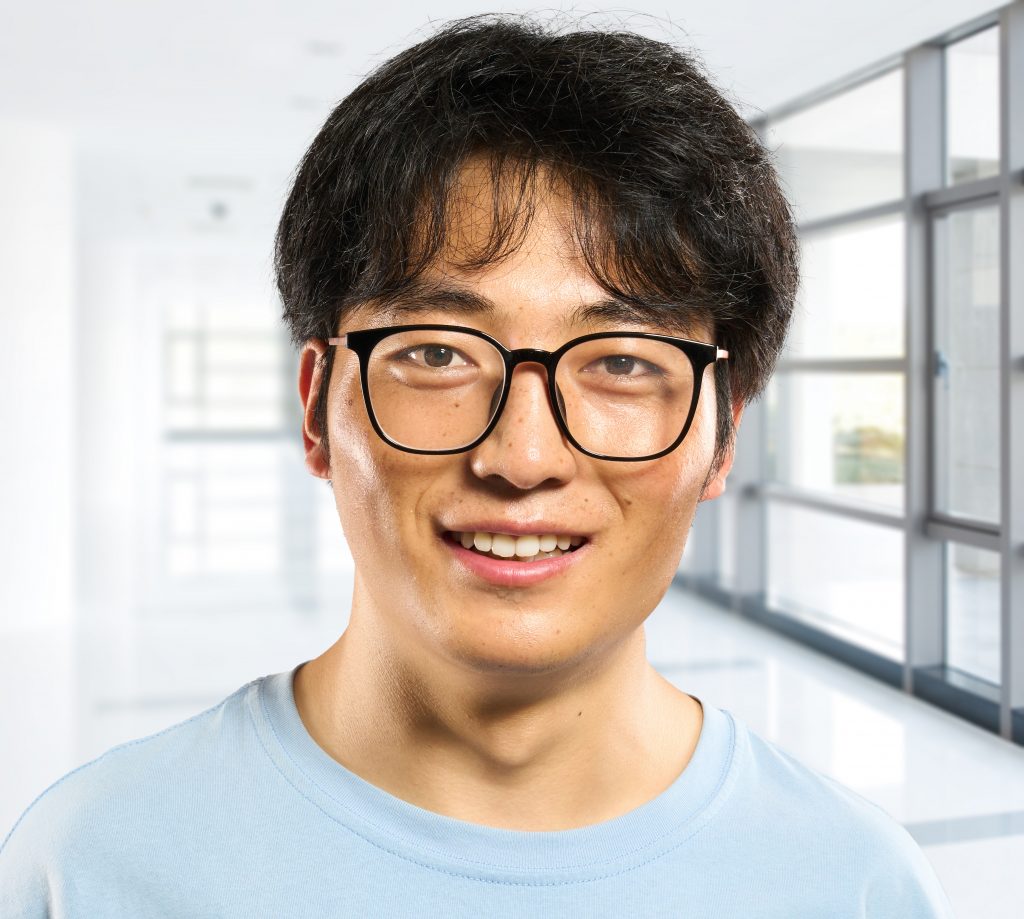
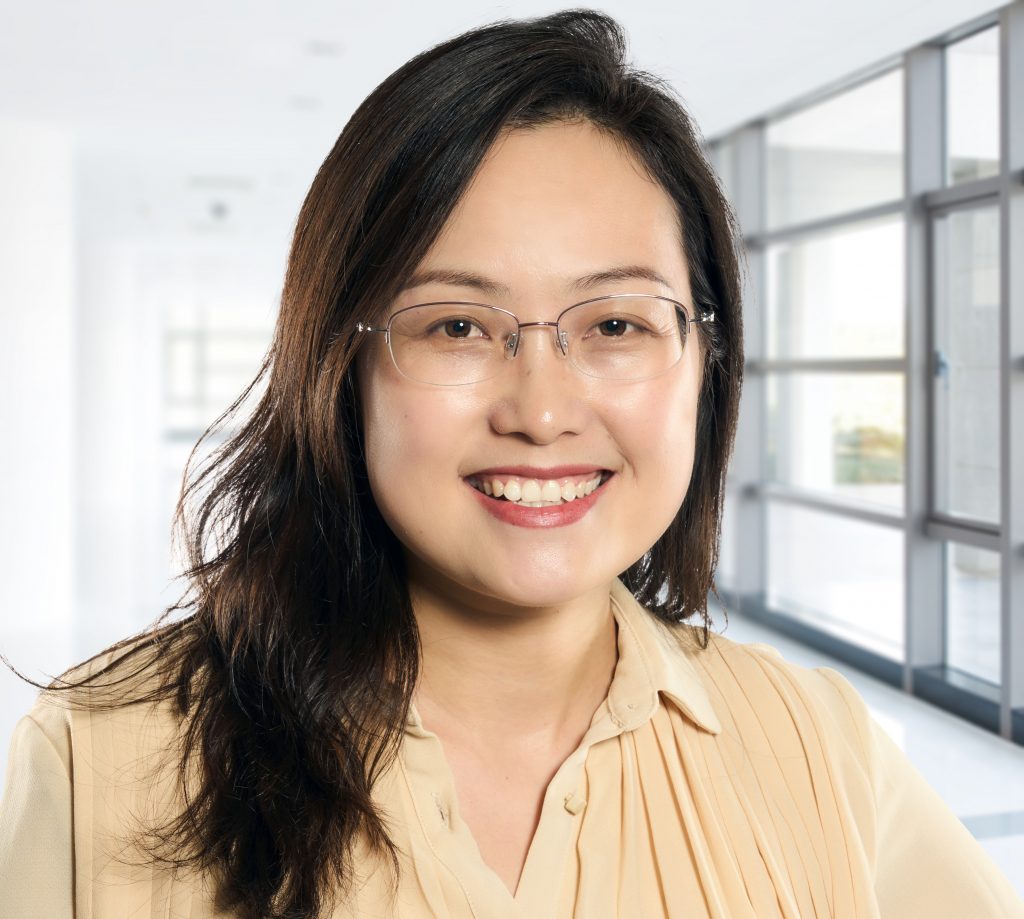
New paper published in Macromolecules on surface-initiated living anionic polymerization of functional methacrylates from the surface of organic particles.
Very happy to announce that Jean Gustavo takes up the mantle of responsibility and will support the continued growth of our team in the role as Deputy Group Leader! We are looking forward to working with him in his new role to push forward our research at the energy / water / sustainability nexus.
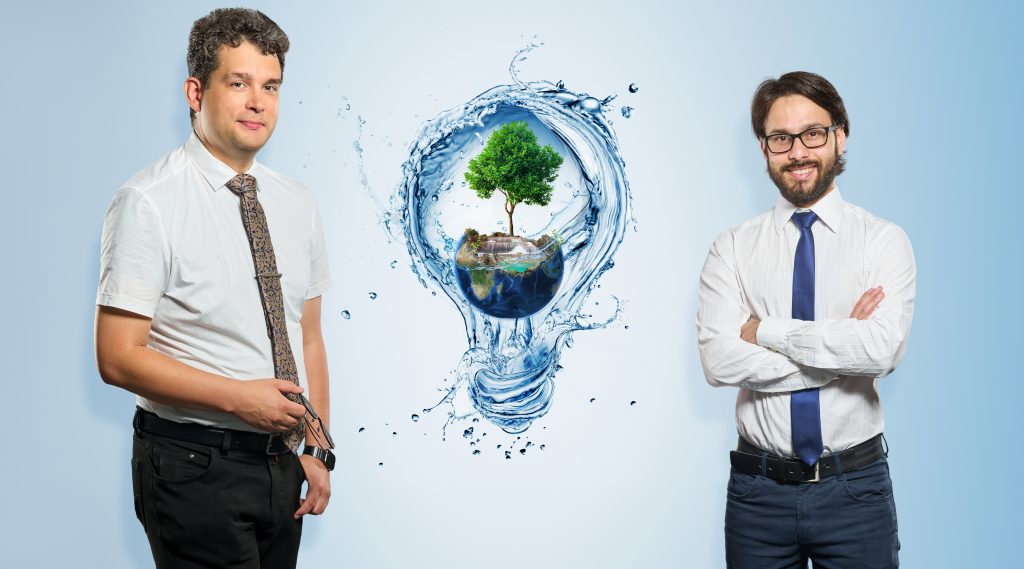
New paper published in ACS Nano. Our work explores horn-like pore entrance geometries that boost the overall charging dynamics and charge storage of nanoporous supercapacitors. This work was in collaboration with Guang Feng (HUST).
New article published in Journal of Materials Chemistry A on high performance Mo(C,N,O)x Li-ion battery anodes. Using a continuous wet-chemical process process called a microjet reactor, we combined ammonium heptamolybdate with para-phenylenediamine, tweaking the mix to get just the right results. After applying thermal annealing, we obtained Mo(C,N,O)x with stacking defects embedded in a carbonaceous matrix. Depending on the synthesis and annealing parameters, different morphologies and phases were observed. The best of our materials yielded a high capacity of 933 mAh/g after 500 cycles! 🔋
933 mAh/g after 500 cycles… so the initial capacity must have been higher? Actually, no! On the contrary, we s tarted with about 500 mAh/g, went down a bit and then almost doubled the capacity between the 100th and 500th galvanostatic charge/discharge cycle. This has to do with the “magic of molybdenum”, as we had seen similar effects of self-activation before.🔬
Big shoutout to Mana Abdirahman Mohamed, Oliver Janka, Jörg Schmauch, and Guido Kickelbick from Universität des Saarlandes for the exciting project . 🤝 Kudos to Stefanie Arnold for her patience with this project and her excellent expertise! 🌟 And a special thanks to the Leibniz Institute for Plasma Science and Technology (INP Greifswald) e.V. (Antje Quade) for X-ray photoelectron spectroscopy. 🙌
New review article published in Advanced Energy Materials on the degradation of supercapacitors, as featured as “Editor’s Choice” and on the front cover.
Our review discusses the significance of monitoring methods and strategies for tracking the performance degradation of EDLCs and pseudocapacitors, employing a range of cutting-edge techniques such as electrochemical methods and in situ and ex situ analyses. These methods enable researchers to better understand the underlying mechanisms behind supercapacitor aging.
We also explore the intricate interplay of electrode materials, electrolytes, and other critical system aspects, including pore blocking, electrode compositions, functional groups, and corrosion of current collectors. When we understand these factors, we can pave the way for enhanced supercapacitor designs and materials that offer prolonged lifespan and improved performance. Moreover, we also examine the impact of aging from an industrial application standpoint, providing valuable insights into the real-world scenarios. And finally, we highlight future directions and challenges, including the development of innovative materials and advanced monitoring methods, to combat performance degradation effectively.
Team INM-Leibniz Institute for New Materials: Emmanuel Pameté, Volker Presser
Team Friedrich Schiller University Jena: Lukas Köps, Fabian Kreth, Andrea Balducci
Skeleton Technologies: Sebastian Pohlmann
Helmholtz Institute Ulm (HIU): Alberto Varzi
Nantes Université: Thierry Brousse
New paper published in Nano Research. Heavy metal pollution is a major environmental problem to the environment and human health. Adsorption is an effective approach with a straightforward process, adaptability to a wide range of water concentrations, and high selectivity. But commonly, the materials are designed for a one-time-use and discarded after they have reached their uptake capacity.
Electrochemistry is a promising way to re-use materials by simple charge/discharge cycling. We demonstrated electrochemically enhanced selective lead removal with FeOOH. FeOOH is an environmentally friendly and cost-effective sorbent. And it is conveniently available on large scale. Our work demonstrates the feasibility of regenerating FeOOH by charge and provides a new approach for recycling and upcycling FeOOH sorbent.
Our recent study investigated the selectivity of FeOOH in a mixed solution of Co2+, Ni2+, and Pb2+ and proposed to enhance the capacity and regenerate FeOOH by using external charges. Our results demonstrated that FeOOH showed superior selectivity towards Pb2+ compared to Co2+ and Ni2+, with a purity of 97±3% in the extracts. The high selectivity is attributed to the lower activation energy for Pb2+ sorption. The system also exhibited a Pb2+ uptake capacity of 37.4 mg/g with high selectivity when using industrially exhausted granular ferric hydroxide as the electrode material.
New paper published on iron vanadate derived from Prussian Blue analog for Lithium-ion batteries in Sustainable Energy & Fuels. This marks our latest work on derivatization strategies to turn Prussian Blue Analogs (PBAs) into mixed metal oxide materials for battery applications 🔋
🔹We used PBAs as they offer a very high tunability and ease of synthesis.
🔹We successfully achieved homogeneous iron vanadate derivatization using an energy-efficient infrared furnace with CO2 gas.
🔹We entangled the active material with carbon nanotubes to generate binder-free, free-standing electrodes for direct use as electrodes.
🔹We stabilized the electrochemical performance reaching a 400 mAh/g capacity at a specific current of 250 mA/g after 150 cycles, maintaining a Coulombic efficiency of 99.2% in a potential range of 0.01-3.5 V vs. Li/Li+.
🔹The choice of electrolyte matters (of course) also, with a better performance in Li-TFSI in carbonate electrolyte compared to Li-PF6.
For an in-depth understanding of our methodology and findings, I encourage you to read the full paper where we delve deep into the role of different surfactants and the optimization of various parameters for a stable electrochemical performance.
